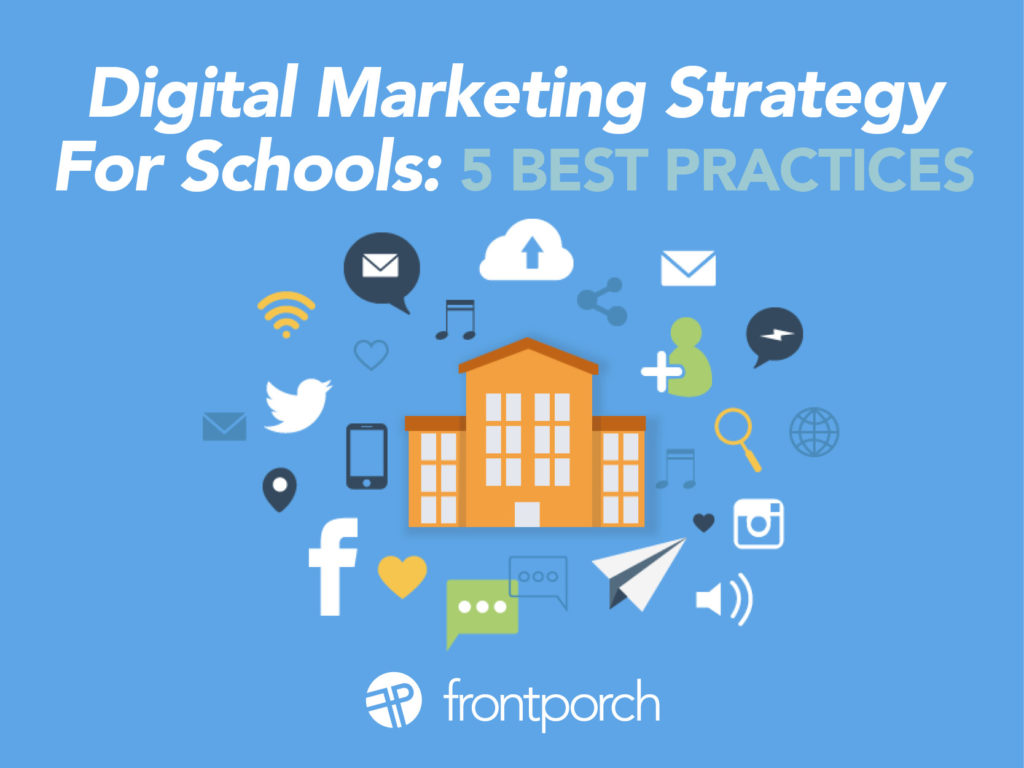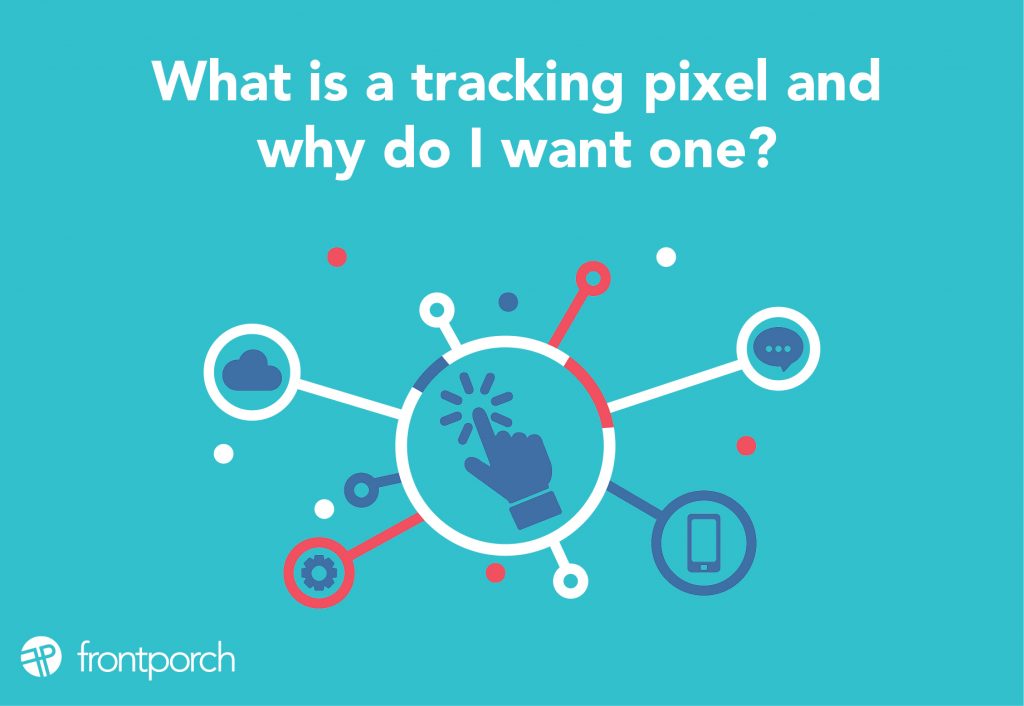
Now that school is around the corner, it’s time to refresh your digital marketing strategy for your school, academy, or university. From experiencing a pandemic to entirely transforming a new academic environment for students and staff, the marketing and communications strategies that used to work for your district “pre-covid” may not work in this ever-changing 2021 environment. It is now the time to be pro-active, adaptive, and present to meet the increasing expectations of today’s families.
Practice #1: Start a School Blog
A school blog is a wonderful way to display the activities that students participate in and around the school. It’s also a great place to distribute advice and share the community’s voice. The blog will give outsiders an inside look on the programs and events that the students participate in. Connecting with the school’s community will emphasize how much the directors care about the students and faculty, while promoting conversation. It will also let more people organically find your school when searching for their children’s next academic steps. Overall, creating a blog will strengthen your school’s brand identity.
Practice #2: Enhance the School’s Website
Times are changing, and so should your website! Making an inadequately designed website and not thinking about the user’s experience will produce site traffic and static action. Like the director of Front Porch Marketing, Julie Porter states, “create a clean, user-friendly website.” This will increase the school’s reputation and lead to more engagement. Just remember to keep it simple to navigate and creative. An easy way to accomplish this is to rebrand logos, create a color scheme that seamlessly translates throughout all pages, and habitually update the navigation tabs.
Practice #3: Make Social Media Accounts
Posting on social media platforms, like Facebook and Instagram, create opportunities for parents and guardians to find your school organically. People can easily share, like, or comment on your posts to help create more popularity quickly. As your account grows, the more recognition and traffic your school develops. You can achieve this by devoting time into capturing professional videos and photos of events and activities.
A great example of this is with one of our clients, Faith Family Academy. As Christine Finnegan, our media relations director states, “be consistent will all messaging throughout your platforms.” In addition, you can connect with your audience by responding to their comments and other members can add reviews.

Practice #4: Begin an Email Drip Campaign
Emails are increasing in popularity due to people relying on the digital-sphere to stay in the loop. This upward trend in email reliability is the result of them being tailored to user preferences and behaviors. This personalization helps users see information related to their interests rather that unfavored topics that are being pushed upon them through advertising.
By asking current families and interested families for contact information via a survey or sign-up sheet, users can subscribe to an email list and look at automated content daily or weekly. This proves to be an easy strategy for reminding and promoting members of future academic and recreational events. Email workflows truly provide a personal touch to electronically reach each community member.
Practice #5: Promote School Events
Events, such as an open house, are a great way for newcomers to meet the faculty and staff. It also helps families understand if their values align with the school’s and if the school fits their expectations. Parents and guardians will also be given the opportunity to explore the campus for the first time.
Additionally, back-to-school kickoffs are a wonderful way to understand what people personally look for in a school and its curriculum. Having organized school events with informational pamphlets to give out aids prospective families to secure their decision of coming to your school. Whether you share the events via social media or on the website, the end result allows you to increase engagement and nurture relationships with newly inquiring families.
Conclusion
The expectations of parents are higher than ever. It’s crucial that your school’s digital marketing strategy adapt alongside them. As the fall semester comes right around the corner, use these best practices to ensure that your digital marketing strategy is future-proofed.


